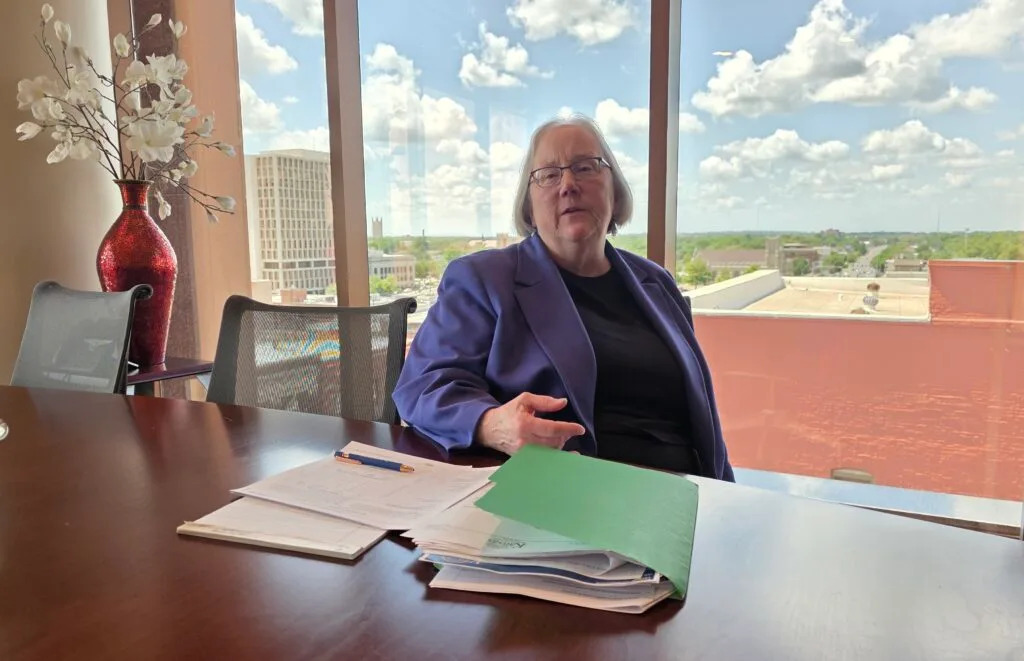
Department for Children and Families secretary Laura Howard said her agency already works with the federal government to determine waste, fraud and abuse occurring in a federally funded nutrition program.(Morgan Chilson/Kansas Reflector)
TOPEKA — Kansas officials refused persistent demands from the federal government for access to residents’ personal data solely based on the legal responsibility to protect that data, a state leader says.
In the midst of political attacks and two lawsuits, Department for Children and Families secretary Laura Howard and Gov. Laura Kelly pushed back against federal demands because they don’t know how Kansans’ personal data will be used. The release of information isn’t about detecting fraud because those procedures are already in place, Howard said.
The state has denied requests to turn over personal information of Supplemental Nutrition Assistance Program recipients, which the U.S. Department of Agriculture’s Food and Nutrition Service has requested since May.
Since then, Kansas House Speaker Dan Hawkins has accused Howard and Kelly of a “massive cover-up of waste, fraud and abuse” because they failed to comply with federal demands.
But Howard said in an interview that the federal government already monitors the Kansas SNAP program for such problems.
“The federal SNAP law today allows data to be shared for the administration of the program, including fraud, waste and abuse,” she said.
However, the law is also clear the data cannot be shared “except as it relates to the administration of the program,” Howard said.
The first letter received from Food and Nutrition Service in May did not include information about how the data would be used, which led to DCF’s initial refusal, she said.
Lawsuit outcome
A lawsuit was filed in June by privacy organizations arguing against the data collection, followed by a July lawsuit filed by multiple states asking the courts to stay the data request, Howard said.
“USDA makes this demand for the stated purpose of detecting ‘overpayments and fraud,’ ” the state lawsuit said. “Instead, the move appears to be part of the federal government’s well-publicized campaign to amass enormous troves of personal and private data, including information on taxpayers and Medicaid recipients, to advance goals that have nothing to do with combating waste, fraud, or abuse in federal benefit programs.”
Howard said she is concerned about what could happen based on the lawsuit outcome.
“I honestly believe that if I were to release that data, then the courts find in favor of the states, then I’m putting the state at liability for releasing the personal information of more than 700,000 Kansans,” she said.
In a legislative meeting earlier this month, state Attorney General Kris Kobach said his office is exploring whether it is legal for Kansas to withhold the information requested.
“Attorneys in the office of the attorney general are investigating the matter. A decision about how to proceed is expected to be made within the next three weeks,” spokeswoman Danedri Herbert said Thursday.
Federal Register
Howard said additional concerns about whether the data should be released occurred in June when the USDA published the request for data, highlighting the intention to create a SNAP information database in the Federal Register.
“The notice in the Federal Register talks about 10 or 12 uses of the data, and one of those talks about sharing it with other federal entities,” Howard said. “It talks about things to do with anything regulatory or civil or criminal. It doesn’t say for the purpose of administering the SNAP program.”
The list is too broad and underlines DCF’s concerns, Howard said.
Titled “Notice of a new system of records,” the Federal Register notice said: “The primary purposes of this system are to validate the accuracy of eligibility determinations and strengthen SNAP and government program integrity.”
The notice lists 11 categories of “routine” uses of the records.
SNAP error rate
A point raised by Hawkins and Senate president Ty Masterson, who want the data turned over, is that the state has a high error rate in the SNAP program and the sharing of data would help discover fraud or abuse.
Hawkins has repeatedly referred to an inaccurate current error rate in the SNAP program and insists the sharing the data could help lower the rate. But that rate isn’t about fraud detection, which Howard said is already occurring in the SNAP program.
Hawkins did not respond to a request for comment for this story.
Howard said a robust fraud detection system is already in place in partnership with the USDA, and account data is freely shared for that purpose. In fact, of all federal funds processed through DCF, she said SNAP and Medicaid have the most extensive programs looking for any problems.
Medicaid isn’t as complicated to process as the SNAP benefits are because staff are only determining whether the applicant is eligible, Howard said. With SNAP, they’re also figuring out how much the payment should be.
“States are responsible for conducting these quality control processes,” she said. “There are samples of cases that are drawn every month. We have quality control staff that look at those cases. They’re essentially redetermining that eligibility from scratch, and that includes verifications.”
Once quality control staff go through the detailed information collected from SNAP applicants, which includes income, shelter, work and household member information, they determine whether mistakes were made.
“Then the feds look at a sample of our sample, just to verify that our quality control is accurate,” Howard said.
It’s not about finding fraud because the error rate is attributed to mistakes, Howard said.
“None of it’s about fraud,” she said. “If, in the context of the original determination, if a worker believed that someone was being untruthful, then we have a separate process to refer that for a fraud investigation.”
Multiple factors go into determining whether someone is eligible for SNAP and how much they should receive, including all assets, income, shelter costs, whether they must be working, if roommates are contributing to utilities and much more, Howard said. Simple things like a teenager who works at a fast-food restaurant turning 18, which means their income should be added to household income, can cause eligibility errors.
Error rate increases
The Kansas error rate climbed in the last few years, and Howard said she wishes there was a “magic bullet answer” to how to correct it.
The DCF team is working on retraining staff, rewriting manuals to make sure they’re clear, training staff to interview applicants, among other items.
“We’ve done a whole root cause analysis based on our error rate,” Howard said. “We have to do that for the feds. States have to submit corrective action plans. We know that the areas where we see the most errors have to do with wages and income and shelter deductions. So then, based on that, you train even more in that area.”
The agency is considering automation that may help reduce errors, she said, as well as encouraging more people to use the online application form. That could help reduce data processing typos and misunderstandings that occur when staff interview someone and then enter the information.
In its most recent report for 2024, the state reduced its error rate from 12% in 2023 to just under 10%.
The error rate jumped after the COVID-19 pandemic, when Howard said many experienced workers who had performed eligibility work for years retired. The error rate in 2017 was 3.9%, jumping to 5.9% in 2018 and 7.1% in 2019. The target is to achieve error rates below 5%.
No data is available on the USDA website for 2020 and 2021. In 2022, the rate jumped to 9%, followed by 12% in 2023, which is the highest rate in more than 15 years.
“We were very short staffed for a couple of years,” Howard said. “That really has started to turn around, particularly in some of our regions, and I would attribute that to a number of things. The state’s had some nice salary increases based on some of the market assessments, and then I think things just kind of stabilized after COVID.”
In 2024, there were 205 eligibility workers on average processing applications and confirming eligibility throughout the state, she said.
“I wish I could say, ‘Well, we’re doing these three really glitzy things,’ ” Howard said. “We’re doing hard things. There are a lot of things going on.”
In reality, it comes down to worker training, making sure paperwork is filled out correctly, with the right questions being asked, and then verifying all information, she said.

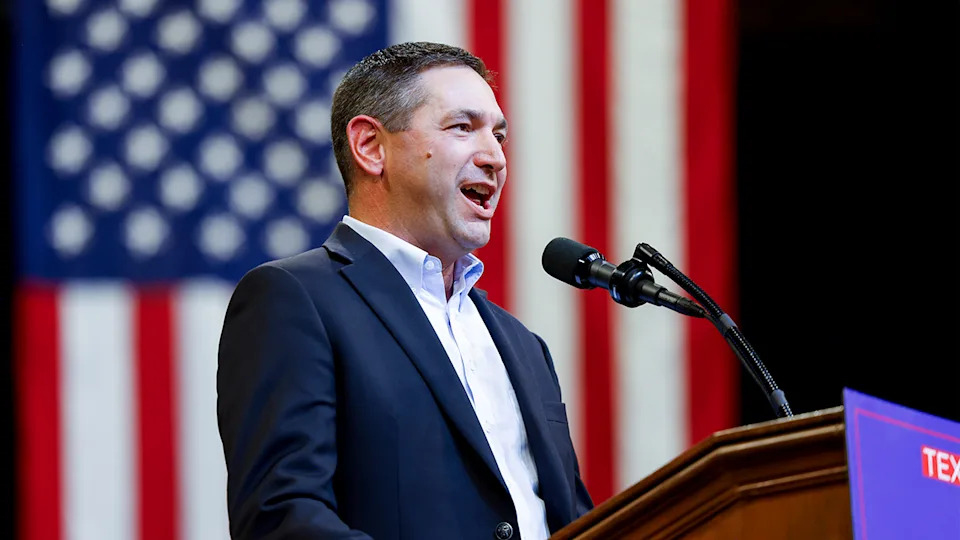
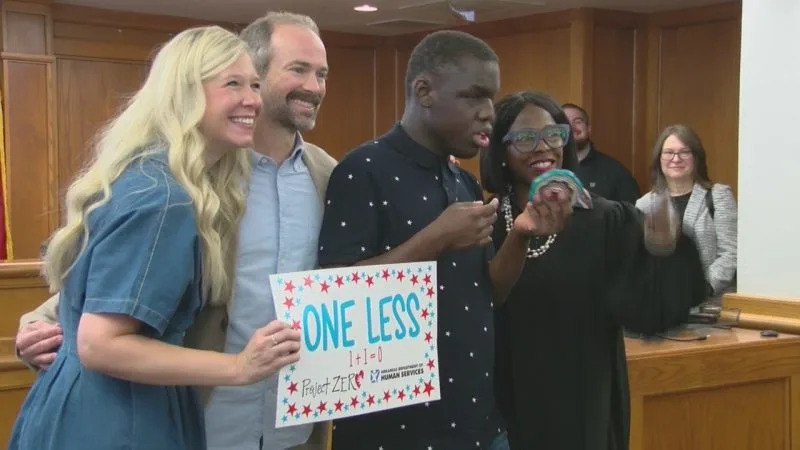
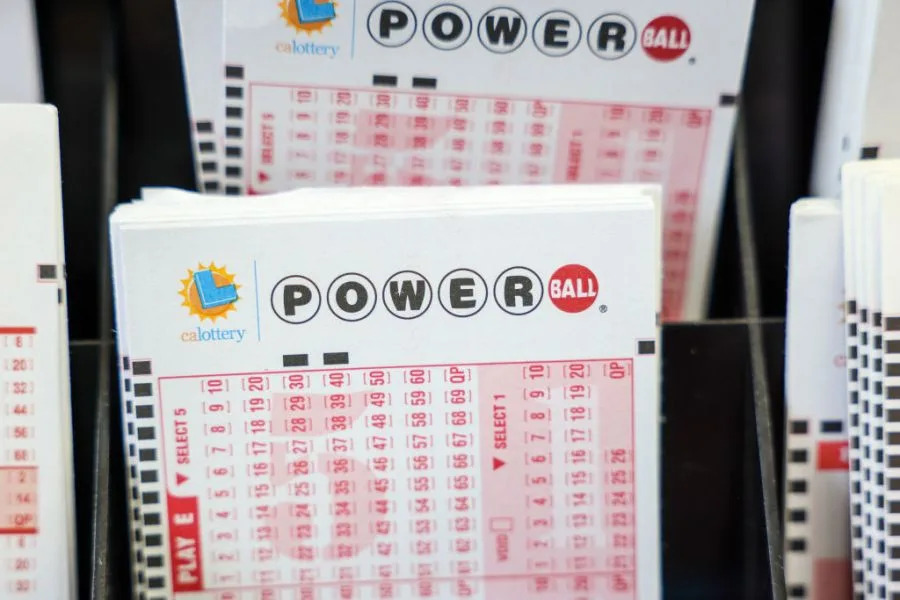

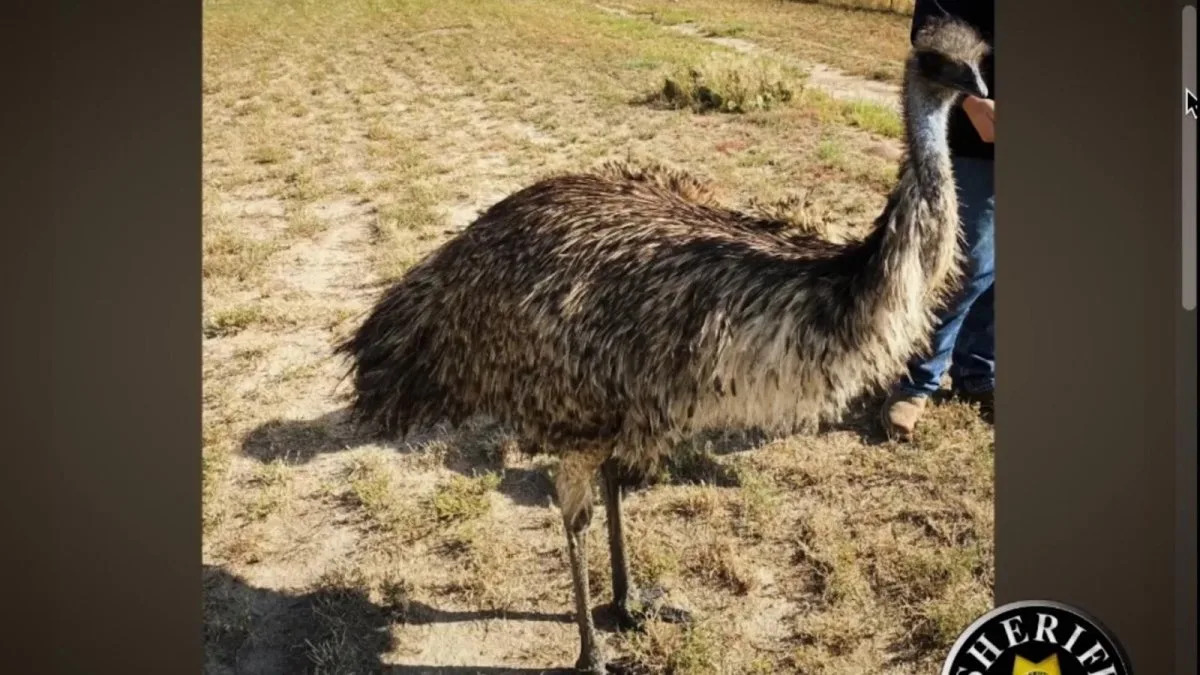


Comments